National Climate Center: This summer, the general temperature is high and rainy, and the national average temperature is the highest in history since 1961
Author:Changjiang Daily Time:2022.09.04
In the summer of 2022, the overall weather of my country's climate was high and rainy. The average national temperature in the country was the highest in history since 1961, and the national average precipitation was the second less in history. However, the difference between precipitation space is obvious. The main rainyst areas are in northern my country. The precipitation of precipitation in the Liaohe and Haihe River Basin is significantly too much, while the Taihu and the Yangtze River Basin are significantly less. The rainy season in the flood season is earlier than usual. In summer, high temperature extremes are significant, and the highest temperature of 366 national meteorological stations (15.1%of the number of nationwide total stations) is flat or breaks through historical poles.
In the early summer, the number of heavy rain in South China and the large rainfall, and the flood conditions appeared in the Pearl River Basin; the rainy days and heavy rainfall in the Northeast region in July to July, and the Songliao Basin is currently flooding. From June 13th to August 30th There are high-temperature processes with the strongest intensity since the complete meteorological observation record. The high temperature duration lasts for a long time and has strong extremes; July-August, the middle and lower reaches of the Yangtze River and Sichuan and Chongqing areas have a wide range of effects and strong intensity. There are fewer, the "Siam" landing intensity in the early Taiwan is strong; the strong influence on the flow of the flow, and the influence of local disasters.
Summer national climate characteristics
In the summer of 2022, the national average temperature was the highest in history since 1961. In the summer (June 1st to August 31st), the national average temperature was 22.3 ° C, which was 1.1 ° C higher than the same period of the year. It was the highest history since 1961 (Figure 1). The temperature in most areas across the country is 0.5 to 2 ° C higher than the same period of the same year. The central part of East China, central Central China, and northeast of the southwestern region are 2 to 4 ° C (Figure 2). Hunan, Zhejiang, Jiangsu, Hubei, Anhui, Jiangxi, Shanghai, Sichuan, Chongqing, Guizhou, Gansu, Shaanxi, Henan, Ningxia, Qinghai, Xinjiang, Tibet, Tibet Second highest. The average number of high temperatures in the country is 14.3 days, 6.3 days more than the same period of the same year, the most historical period since 1961.
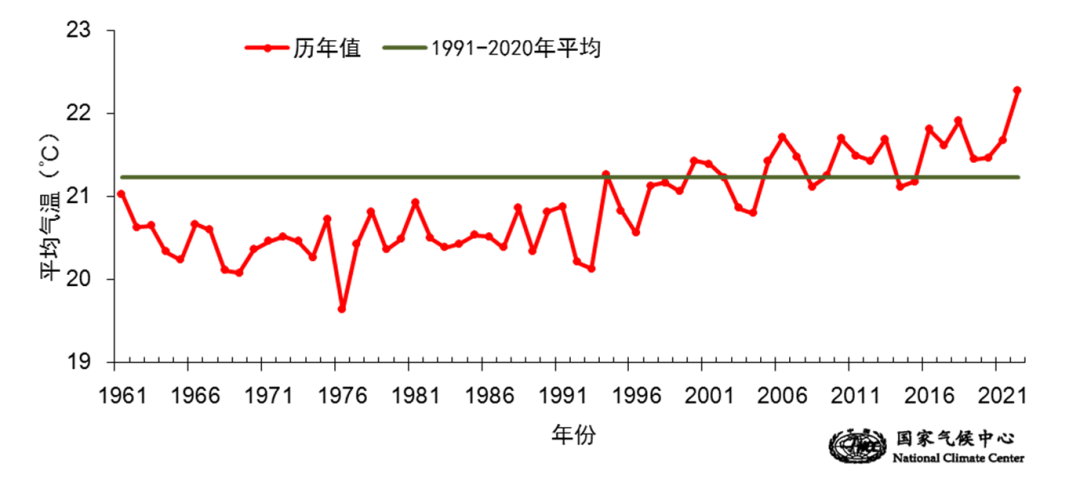
Fig
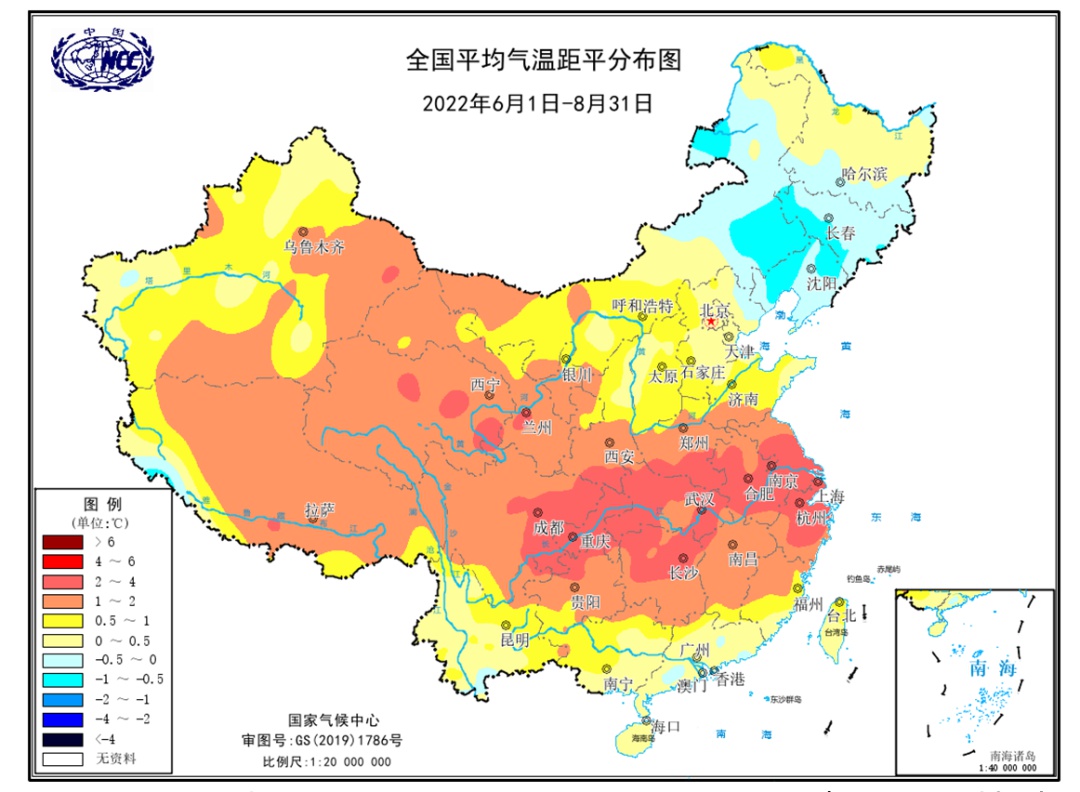
Figure 2. From June 1st to August 31st, 2022, the average temperature distance distribution of the national average temperature (unit: ℃)
High temperature extremes are strong. A total of 1057 national meteorological stations (43.6%of the number of nationwide total stations) have reached the highest temperature of extreme high temperature events. Hebei, Shaanxi, Sichuan, Chongqing, Guizhou, Hubei, Jiangsu, Zhejiang, Fujian, Guangdong, Qinghai and other countries Meteorological stations (15.1%of the number of nationwide total stations) are flat or breakthrough in historical poles (left). Chongqing Beiyi (45.0 ° C), Jiangjin (44.7 ° C), Hubei Zhushan (44.6 ° C) and other 15 stations have the highest temperature of 44 ° C or above.
A total of 1058 national meteorological stations (43.7%of the number of nationwide total stations) have reached the standard of extreme events. Hebei, Shandong, Shaanxi, Sichuan, Chongqing, Hubei, Hunan, Jiangsu, Zhejiang, Guangdong and other places ( It accounts for 18.5%of the number of nationwide general stations.) The continuous high temperature daily is flat or breaks through the historical pole value (Figure 3 right). Fujian Pucheng (42 days), Hunan Changning (42 days), Jiangxi Guangfeng (42 days), Sichuan Hejiang (37 days), Chongqing Beiyi and Shapingba (37 days), including 78 stations, have high temperatures and high temperatures of 35 days or more.
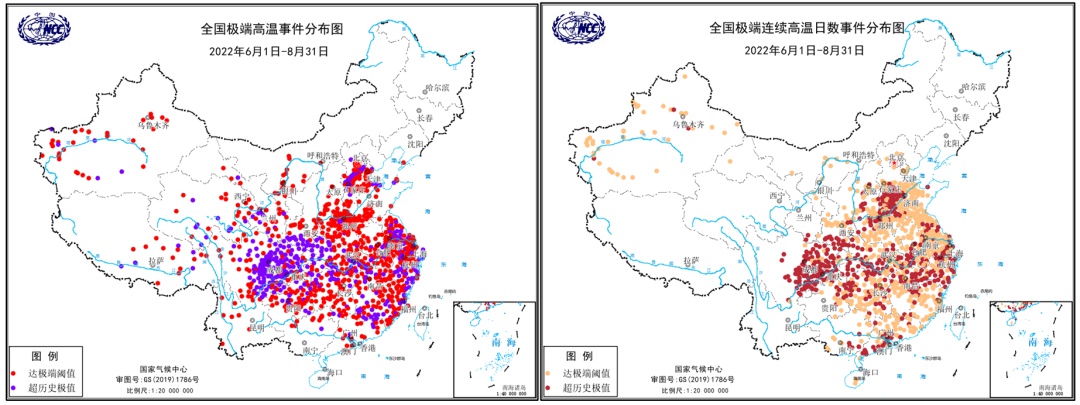
Figure 3 In the summer of 2022
The national average precipitation is the second youngest since 1961. In the summer, the average national precipitation was 290.6 mm, which was 12.3%less than the same period (331.5 mm) in the same year (331.5 mm), and the second few of the same period since 1961 (only 269.1 mm in 1972) (Figure 4). The main rainyst areas in summer are in northern my country, and the precipitation of the central and eastern parts is generally distributed in "Northern Duo Nan Shao". Except for central and southeast, central and southern North China, northern North China, central Guangdong, northern Shaanxi and other places, 2 to 1 % are more than 1 to 1 to 1. Most of the rest of the country have less precipitation than or closer to the same year than the same year. Among them, 50 % to 80 % of the central and eastern Xinjiang, western Gansu, western Inner Mongolia and other regions, and 80 % of the local area (Figure 5). Jilin's precipitation is the most history; Sichuan and Tibet are the least history and Chongqing is the second youngest. A total of 219 national meteorological stations (9.0%of the number of nationwide total stations) have reached extreme event standards, of which Sanya (421.6 mm), Hebei Ren County (298.7 mm), Henan Luyi (257 mm) and other 45 stations day day The precipitation exceeds the historical extreme value.
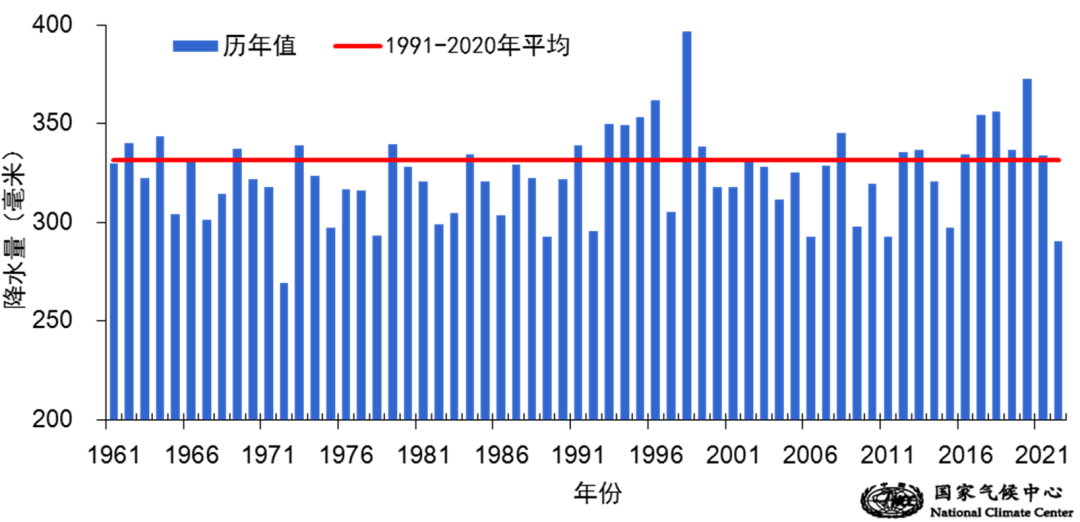
Figure 4. From June 1st to August 31st
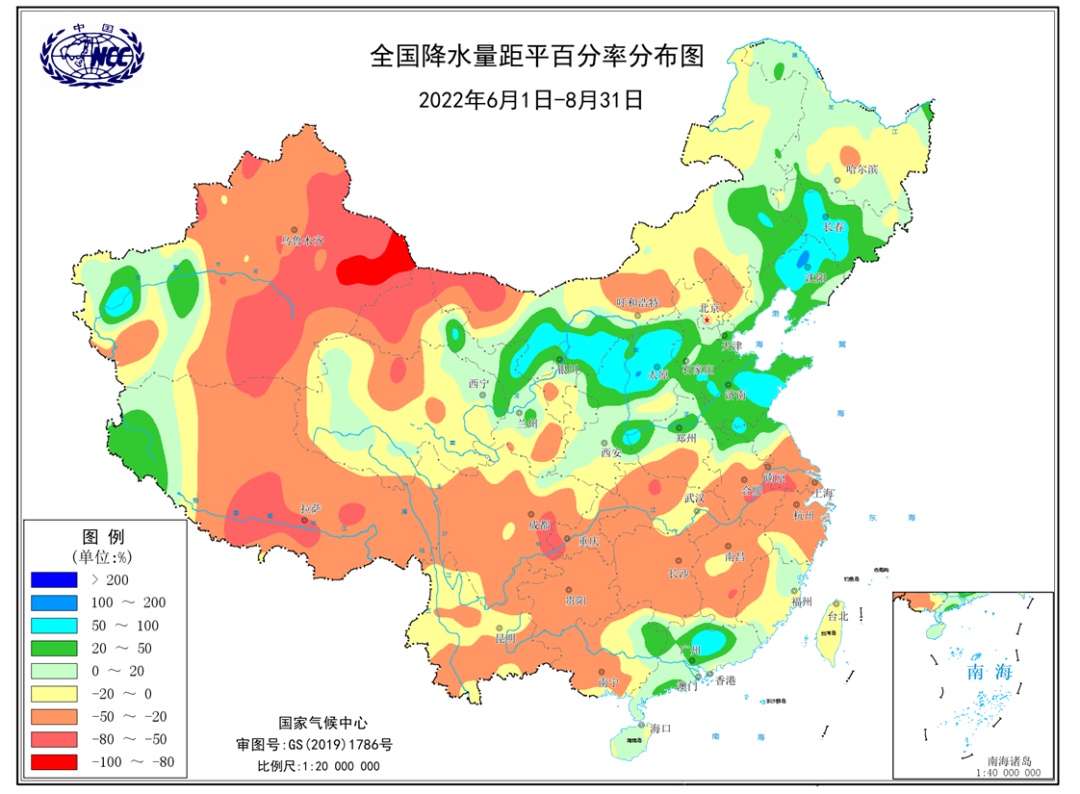
Figure 5 The percentage distribution of the national precipitation distance in 2022 in the summer of 2022 (%)
The amount of precipitation in the Liaohe and Haihe Basin is significantly too much, and the Taihu and the Yangtze River Basin are significantly less. From the perspective of major watershed, the precipitation of the Liaohe Basin (519.1 mm) is 37.6%more than the same period of the same year, the fourth period since 1961; the Haihe River Basin (436.6 mm) has 30.5%more than the same period of the same year; the Yellow River; the Yellow River; Basin (306.2 mm), Songhua River Basin (389.8 mm) and Huaihe River Basin (492.2 mm) are more than 19.9%, 13.1%, and 7.3%, respectively. The Yangtze River Basin (358.9 mm) was 32.5%less than the same period than the same period of the same year. It was the least in history since 1961. The Taihu River Basin (296.8 mm) precipitation was 47.3%less than the same period of the same period, which is the fourth few in history. The Pearl River Basin precipitation (742.2 mm) is close to the same period of the year. This year's flood season, the rainy season process is earlier than usual. In South China ’s flood season, the South China Sea summer, the Southwest rainy season, the rainy season, and the rainy season in North China are relatively earlier than usual, but the rainfall is very different.
Main weather and climate events in summer
(1) In the early summer, the number of heavy rains in South China and the large rainfall, the flood conditions appeared in the Pearl River Basin
From June 1st to 21st, there were 413 stations on heavy rain in South China, which was 91%more than the same period of the year. The average accumulated rainfall was 348.1 mm, which was 61%more than the same period of the same year. Among them, the cumulative rainfall of the local and northeast of Guangdong and northeast Guangxi exceeded 600 mm. Guangdong Yingde (1211.8 mm), Haifeng (1077.4 mm), and Weng Yuan (1033.4 mm) all rainfall above 1000 mm. Affected by heavy rainfall, there were more than 45 rivers in the Pearl River Basin. On June 21, the Pearl River Defense President increased the response of flood prevention emergency response to level I; urban and rural waterlogging in many places in Guangdong and Guangxi brought about transportation and agricultural production. Negative Effects.
(2) From June to July, the rainy days in the northeast are more than the rain, and the rainfall is large.
From June to July, the average rainfall of the three northeast provinces (334.9 millimeters, 39%more) was the second most in history since 1961; In the same period, the average rainfall of Liaoning was 420.6 millimeters, which was 70 % more than the same period of the year. It exceeded the total summer rainfall in the summer. Affected by the heavy rainfall, there were 40 rivers in the Songliao Basin more than a police flood. Dam collapse occurred in the Jinhe Panjin section of the Liaoning River; some highway infrastructure was damaged or interrupted; The number of sunshine is less, and the growth of crops is adversely affected.
On August 5th, the surrounding risk disposal of the surrounding yang rivers in Panjin City, Liaoning, was repaired at the scene.
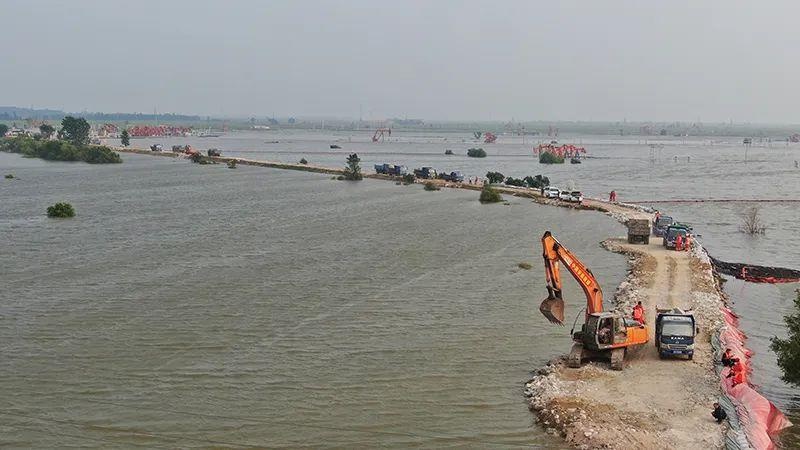
(3) The high temperature process with the strongest intensity since 1961 in the central and eastern regions of my country
From June 13th to August 30th, a large -scale continuous high temperature weather process appeared in the central and eastern regions of my country. The high -temperature incident lasted for 79 days, the longest duration of the regional high temperature process in my country since 1961; the coverage of 1692 stations above 35 ° C (70%of the number of nationwide total stations) was the second more than 1961; 1445 stations (accounting for 60%of the number of nationwide total stations), the largest since 1961; 361 stations (14.9%of the number of nationwide total stations) reached or exceeded historical poles, and Chongqing Beiyi has a maximum temperature of 45 ° C for two consecutive days. The evaluation results show that the comprehensive intensity of this high temperature event was the strongest since the complete meteorological observation record in 1961.
Chongqing citizens are soaked in water to reduce heat.

(4) From July to August, the middle and lower reaches of the Yangtze River and the Summer drought in Sichuan and Chongqing areas have a wide range of effects and strong intensity
From July to August, the rainfall in the middle and lower reaches of the Yangtze River and the Sichuan -Chongqing area was 20 % to 80 % less than the same period of the same year, and the average temperature was 2 to 4 ° C. Small quantity (178.1 mm), the average temperature (29.0 ° C), and the number of high temperature days (34.1 days) are the same period since 1961. High temperature and rainy have led to the rapid development of meteorological drought in the above areas. The number of drought days is generally 20-30 days, and the local area exceeds 30 days. The proportion of the number of stations in the 10 provinces (cities) of the Yangtze River Basin reached 94.6%, the largest period of history since 1961; More, second only to 1978. This time, the middle and lower reaches of the Yangtze River and the Sichuan -Chongqing region have a wide range of drought, long duration, strong intensity, and great impact. As of August 31, there were moderate to severe meteorological droughts in the middle and lower reaches of the Yangtze River and the southern part of Chongqing, the western and southeast, and the central and eastern parts of Tibet. Meteorological droughts in the southeast are significantly relieved.
On August 19, Jiujiang, Jiangxi, the lake at the bottom of Poyang Lake.
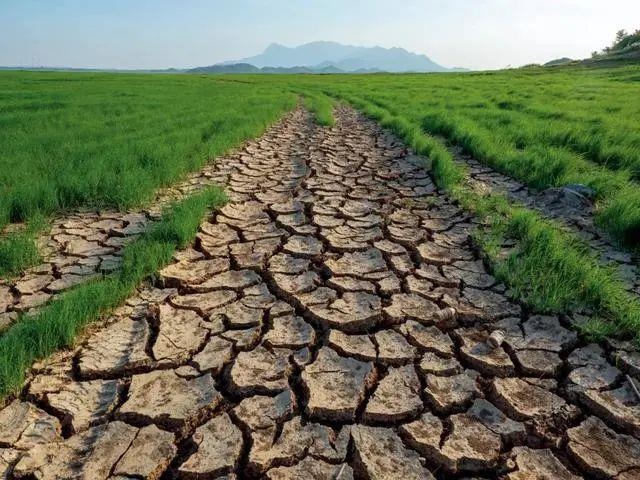
(5) In summer, the generation and landing typhoon are small.
In summer, there are 9 typhoons for generation in the Northwest Pacific and South China Sea, and 3 typhoons land in my country; the number of generations is 2.1 less than the same period (11.1) in the same year (11.1), and the number of login is 1.8 less than the same period (4.8). Typhoon No. 3 "Siaba" landed on the coastal coastal coastal coast of Guangdong on July 2nd. It was the first typhoon to land in my country this year. When landing, the largest wind near the center reached level 12 (35 meters/second). The strength is tied for fourth. Autumn climate trend forecast
It is estimated that in the fall of 2022 (September-November), the eastern part of Tibet, the west of the southwest and north, the eastern part of the north, north, northeast and northwest, northern China, central China, eastern South China, southern South China, and other places There are too many, of which Huaxi Qiuyu is generally strong, but the space distribution is different; the precipitation of the rest of the country is close to the same period of the same year to less, of which Xinjiang, southern Huazhong, and most of East China are 20 to 50 %. It is expected that the temperature in most areas in my country is close to the high year, of which 1 to 2 ° C is high in southern Qinghai, western Sichuan, Tibet and other places; the temperature changes in the temperature season.
It is expected that 8 to 10 typhoons are generated in the Northwest Pacific and the South China Sea, and 2 to 3 of them may significantly affect our country.
(Source: National Climate Center)
【Edit: Wang Yujin】
For more exciting content, please download the "Da Wuhan" client in the major application markets.
- END -
Jiaozhou Fu'an: "Three Days Clear Zero" Action perfectly ended
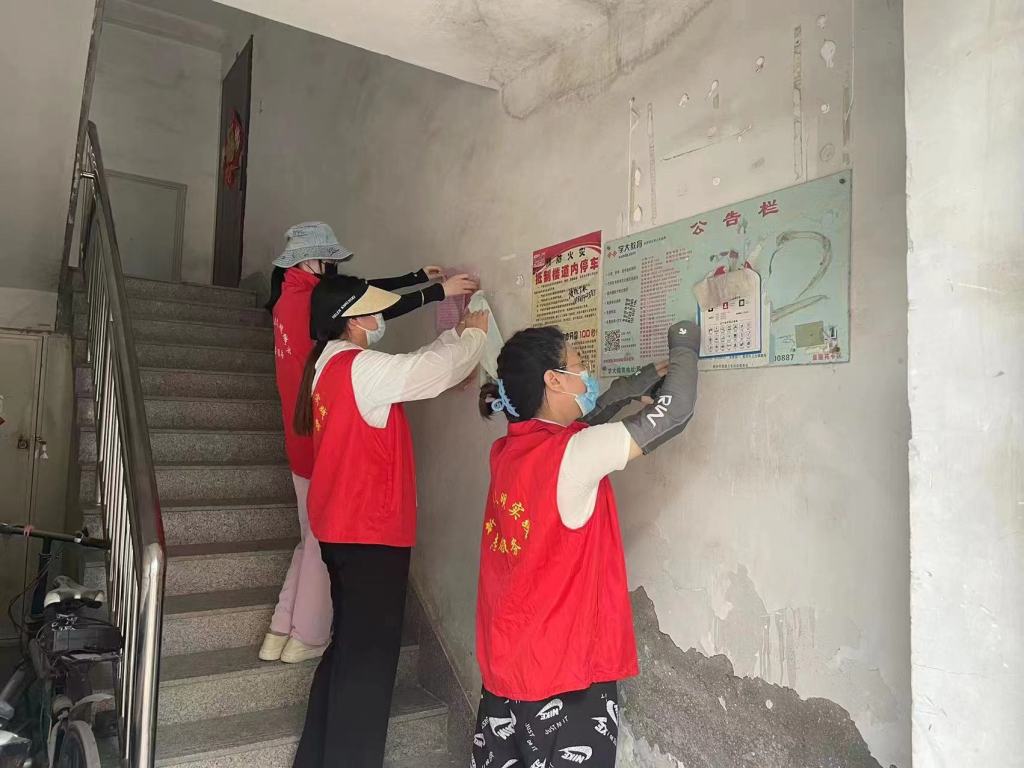
Peninsula all -media reporter Zhang Chao correspondent Wang JiaThe previous small ...
Ambassador to Zambia meets the praise information and media minister and the government chief spokesman Kasunda

On June 29th, Du Xiaohui, a ambassador to Zambia, met with Zanbieian Information a...